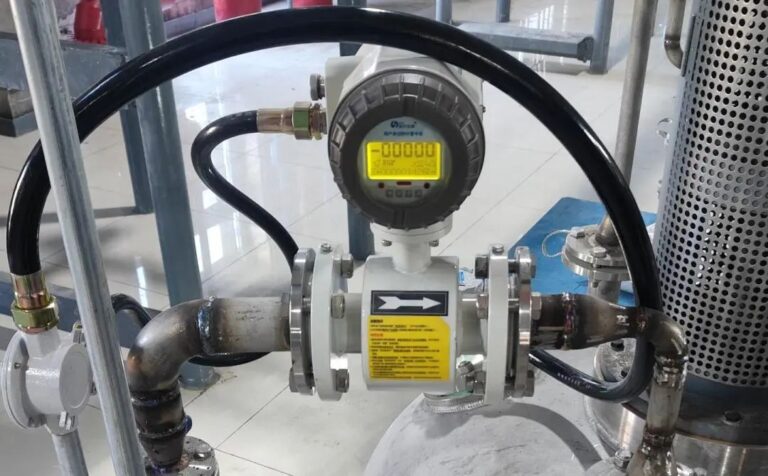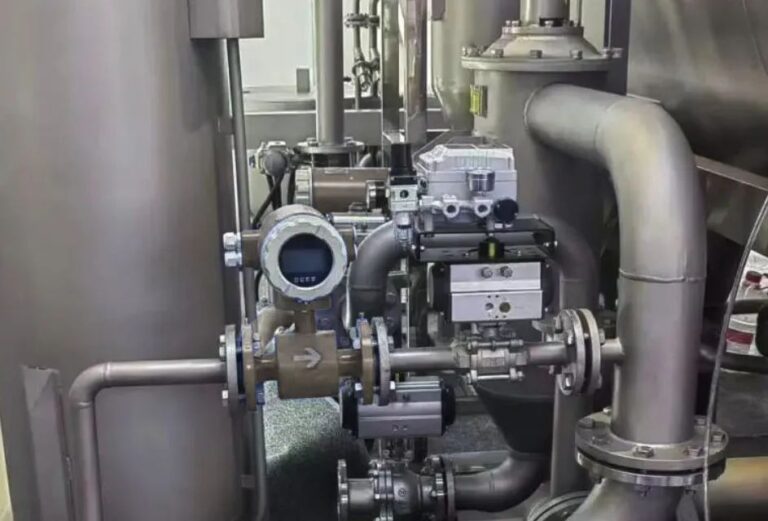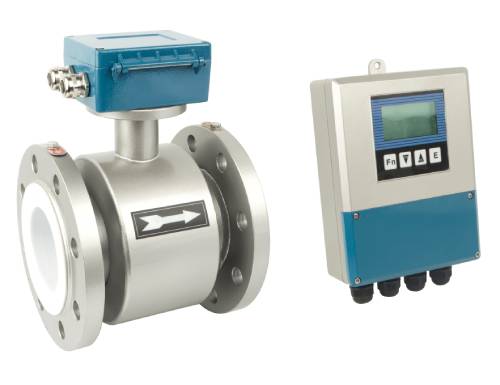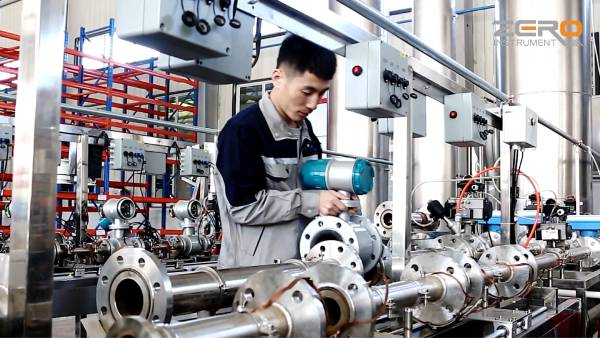Electromagnetic flowmeters are widely used in various industries to measure the flow of conductive fluids. One critical aspect of their performance is the selection of electrode materials, as this directly affects measurement accuracy, durability, and overall efficiency. When choosing the best electrode material, several key factors must be considered:

1. Medium Characteristics
Corrosiveness
The electrode material must resist the corrosive nature of the fluid being measured. The following materials are suitable for different types of media:
316L Stainless Steel: Suitable for potable water, industrial water, municipal wastewater, and organic acids with weak corrosive properties.
Titanium (Ti): Recommended for seawater, various chlorides, hypochlorites, and oxidizing acids. Titanium offers excellent resistance to these substances.
Hastelloy (B & C):
Hastelloy B: Highly resistant to sulfuric acid, phosphoric acid, hydrofluoric acid, and non-oxidizing acids.
Hastelloy C: Suitable for oxidizing acids such as nitric acid and mixed acids. It also provides strong resistance to seawater, alkaline solutions, and oxidizing salts.
Tantalum (Ta): Resistant to nearly all chemical media except hydrofluoric acid, fuming sulfuric acid, and strong alkalis. Suitable for hydrochloric acid and concentrated sulfuric acid applications.
Platinum (Pt): Can withstand various acid, alkaline, and salt solutions but is not recommended for use with aqua regia.
Tungsten Carbide Coated Stainless Steel: Used for media with high abrasiveness, such as slurries and pulps, in non-corrosive environments.

Abrasiveness
For fluids containing solid particles, the electrode material must be resistant to mechanical wear:
Tungsten Carbide-Coated Stainless Steel: Recommended for abrasive media such as mineral slurries and paper pulp.
Standard Stainless Steel: Sufficient for fluids with minimal abrasiveness, such as pure water and most chemical liquids.
Temperature Resistance
The electrode material should withstand the temperature conditions of the medium:
High-temperature media (hot water, steam, etc.): Platinum-iridium alloys and platinum-tungsten alloys provide excellent heat resistance.
Normal temperature applications: Common materials such as stainless steel, titanium, and Hastelloy perform well.
Electrical Conductivity
Since electromagnetic flowmeters rely on the conductivity of the fluid, the electrode material should be chosen accordingly:
Low conductivity fluids (e.g., ultrapure water): Require highly sensitive electrode materials such as stainless steel or Hastelloy.
High conductivity fluids: A wider range of materials can be used, but selection should still consider corrosion resistance and mechanical durability.

2. Process Requirements
Hygiene Compliance
Industries such as food and pharmaceuticals require electrodes that meet sanitary standards and do not contaminate the fluid:
316L Stainless Steel and Titanium are commonly used due to their non-toxic and non-contaminating properties.
Chemical Reactions
If oxidation or reduction reactions occur in the fluid, special electrode materials must be chosen:
For hydrogen peroxide (H₂O₂) measurement, avoid platinum electrodes to prevent unwanted electrochemical reactions.
3. Cost and Cost-Effectiveness
Material Cost
Cost considerations are important when selecting electrode materials:
Lower-cost options: Stainless steel and Hastelloy are relatively affordable and provide good performance for many applications.
Higher-cost options: Platinum and tantalum are expensive but necessary for extreme chemical conditions.
Balancing Performance and Cost
Choosing a cost-effective material involves evaluating performance relative to price:
Titanium electrodes offer an excellent balance of corrosion resistance and cost-effectiveness.
Hastelloy C is a good alternative to platinum for oxidizing acid environments.

4. Installation Environment Considerations
Potential Grounding Issues
In environments with significant ground potential differences, a three-electrode configuration may be necessary. Electrode material selection should consider compatibility with grounding electrodes.
Electrode Maintenance and Cleaning
Certain flowmeter designs require electrodes that can withstand frequent cleaning:
Self-cleaning electrodes: Ideal for fluids that tend to form deposits or scale.
Chemically resistant materials: Should be used when aggressive cleaning agents are required.
5. Types of Electrode Materials and Their Applications
By Material Type
| Material | Application |
|---|---|
| 316L Stainless Steel | Potable water, industrial water, municipal wastewater, organic acids |
| Titanium (Ti) | Seawater, chlorides, hypochlorites, oxidizing acids, alkaline media |
| Hastelloy B | Sulfuric acid, phosphoric acid, hydrofluoric acid, non-oxidizing acids |
| Hastelloy C | Oxidizing acids (nitric acid, mixed acids), seawater, oxidizing salts |
| Tantalum (Ta) | Hydrochloric acid, concentrated sulfuric acid |
| Platinum (Pt) | Acidic, alkaline, and saline solutions (except aqua regia) |
| Tungsten Carbide Coated Stainless Steel | High-abrasion applications (mineral slurries, pulp) |
By Electrode Design
Flat-Plate Electrodes: Suitable for high-velocity and clean fluid conditions.
Insertion Electrodes: Extend into the pipeline, providing higher measurement accuracy for unstable fluids but requiring more complex installation.
Helical Electrodes: Designed for slow-moving, viscous fluids but have a shorter lifespan.
Lined Electrodes: Coated with insulating materials to resist corrosion and prevent scaling.
By Electrode Configuration
Two-Electrode Configuration: Standard design used in most applications.
Three-Electrode Configuration: Includes a grounding electrode to eliminate interference from ground potential differences.
Multi-Electrode Configuration: Used in large-scale flowmeters and complex measurement environments to improve accuracy and stability.

Conclusion
Choosing the right electrode material for an electromagnetic flowmeter requires a comprehensive evaluation of the fluid’s corrosiveness, abrasiveness, temperature, and electrical conductivity. Additionally, process-specific requirements, cost considerations, and installation conditions must be factored in. The right choice of material not only ensures accurate measurement but also enhances durability and reduces long-term maintenance costs.
By carefully analyzing these factors, industries can select the optimal electrode material that balances performance, reliability, and cost-effectiveness, ultimately improving the efficiency and longevity of their flow measurement systems.
